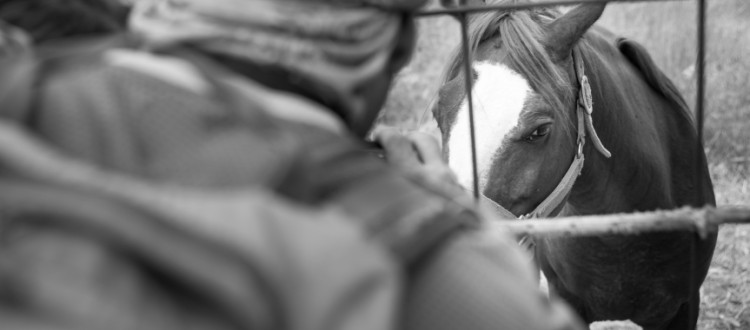Photography Composition Techniques: Framing
Framing is a photography composition technique that emphasizes the focal point of an image by blocking out other elements in the shot. Much like a frame on a poster or mirror, photography framing provides a “border” of sorts to draw attention to a specific component of the shot. In this guide, we will explore the practice of framing in photography more thoroughly so you can apply this process to your images in the future.
The Benefits Of Framing In Photography
There are many reasons why you may consider framing your shots in photography. This composition technique will allow you to:
- Create a sense of depth in your images by creating layers of foreground and background elements
- Define the context of a shot and clearly showcase what you want the viewer to focus on in the image
- Keep a viewer’s eye on the focal point of an image longer by creating a barrier between the main subject and the surrounding features of the photo
- Build a larger shot, even if the intended image is small (you essentially “fill” the rest of the frame with the bordering components of the shot)
- Tell a story with your photo, transforming a still shot into an intriguing, complex, and dynamic image that sparks the viewer’s imagination
Good photography is about a lot more than snapping a pretty photo. Your photography composition will play a major role in the overall success of your images. Framing may not be the best technique for every shoot you do, but it can certainly help you create a focal point for your images when that is your goal.
Using Framing For Photography Composition
Framing is a versatile photography composition technique. You can use just about anything to create a frame in a photo. Some obvious options are tunnels, windows, archways, and doorways, but there are plenty of other framing elements to keep in mind. For instance, in a wedding party, you could use other people in the photo as a frame around the bride and groom, as long as the other partygoers are kept out of focus. If you’re outside, you could use branches from a tree or rows of crops to frame the photo.
Your frame does not always have to cover all four corners of your image. In fact, it may only need to cover one edge to create the effect you’re going for. The thing to keep in mind here is whether having a frame in the shot will make the image feel dep or cluttered. Sometimes, a frame will take away from the focal point of the image, while other times, it will create a dynamic shot that quickly grabs a viewer’s attention.
Some photography framing is done best with a large aperture so that the frame is out of focus. In other instances, having the frame in focus will add more context to the photo. Play around with your options to make the most of this photography composition technique, and your shots will take on a life all their own.











